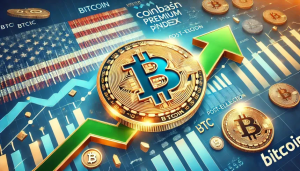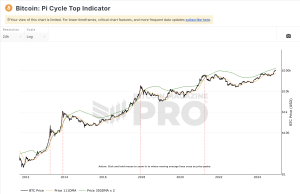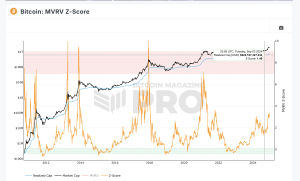Buy the rumor, sell the news
“Buy the rumor, sell the news” is a common phrase in the trading and investment world that refers to the tendency of stock prices to rise on the anticipation of an event and then fall once the actual news is released. This phenomenon is based on the psychology of market participants and the principle of “anticipation versus reality.”
Traders and investors often try to predict the outcome of future events and make trades based on their predictions before the actual news hits the market. Once the event occurs or the news is announced, regardless of whether it meets, exceeds, or falls short of expectations, prices often decline as traders sell their positions to lock in profits or cut losses, leading to the adage: “buy the rumor, sell the news.”
Elon Musk’s Appearance on Saturday Night Live and Dogecoin

A prime example of “buy the rumor, sell the news” occurred in May 2021 with Dogecoin (DOGE), a cryptocurrency that started as a joke but gained popularity partly due to endorsements from celebrities like Elon Musk. Leading up to Musk’s scheduled appearance on “Saturday Night Live” (SNL), speculation and rumors swirled about him potentially mentioning Dogecoin, which fueled a buying frenzy among investors hoping to capitalize on the anticipated surge in interest and price. This anticipation drove Dogecoin’s price to an all-time high.
However, despite the hype, once Musk actually appeared on SNL and even referred to Dogecoin in a comedic sketch, the price of Dogecoin began to fall sharply. This decline was a classic case of “buy the rumor, sell the news,” as the actual event failed to live up to the inflated expectations that had been priced into the cryptocurrency. Traders and investors who had bought Dogecoin in anticipation of the SNL appearance rushed to sell their holdings to realize profits or limit losses, leading to a rapid decline in price.
This example illustrates how speculation and rumors can drive market prices up in anticipation of an event, but once the event occurs, the reality often does not live up to the hype, leading to a sell-off. It’s a reminder to traders and investors to be cautious of getting caught up in the frenzy of rumors and speculation, as the market’s reaction to the actual news can be unpredictable and may not always align with expectations.
Conclusion
The principle of “buy the rumor, sell the news” highlights the psychological dynamics and speculative nature of financial markets. It serves as a cautionary tale for traders and investors to carefully consider the potential impact of rumors and news on market prices and to be prepared for volatility when actual events unfold. Understanding this phenomenon can help market participants make more informed decisions and potentially avoid the pitfalls of trading based on speculation and hype.



